-
 Bitcoin
Bitcoin $104,553.9735
2.64% -
 Ethereum
Ethereum $2,496.7774
-1.03% -
 Tether USDt
Tether USDt $1.0006
0.04% -
 XRP
XRP $2.1700
2.04% -
 BNB
BNB $645.3079
0.07% -
 Solana
Solana $149.3764
2.55% -
 USDC
USDC $0.9998
0.00% -
 Dogecoin
Dogecoin $0.1799
4.11% -
 TRON
TRON $0.2773
1.97% -
 Cardano
Cardano $0.6636
2.90% -
 Hyperliquid
Hyperliquid $34.1236
2.37% -
 Sui
Sui $3.1781
6.52% -
 Chainlink
Chainlink $13.5021
2.04% -
 UNUS SED LEO
UNUS SED LEO $8.9482
3.57% -
 Stellar
Stellar $0.2634
1.23% -
 Avalanche
Avalanche $19.4757
0.91% -
 Bitcoin Cash
Bitcoin Cash $396.2879
0.72% -
 Toncoin
Toncoin $3.1452
-0.45% -
 Shiba Inu
Shiba Inu $0.0...01249
1.83% -
 Hedera
Hedera $0.1646
1.65% -
 Litecoin
Litecoin $86.8679
1.63% -
 Polkadot
Polkadot $3.8977
0.65% -
 Monero
Monero $325.3655
4.09% -
 Ethena USDe
Ethena USDe $1.0013
0.04% -
 Bitget Token
Bitget Token $4.5948
0.53% -
 Dai
Dai $0.9998
0.00% -
 Pepe
Pepe $0.0...01107
1.87% -
 Pi
Pi $0.6230
2.38% -
 Aave
Aave $252.5157
0.31% -
 Uniswap
Uniswap $6.0747
-0.47%
What does the divergence after the moving average converges indicate? Should I chase the breakthrough when choosing the direction?
Divergence after moving average convergence signals potential trend changes; traders must weigh risks before chasing breakouts, using stop-losses and other indicators for better decisions.
May 31, 2025 at 10:49 pm
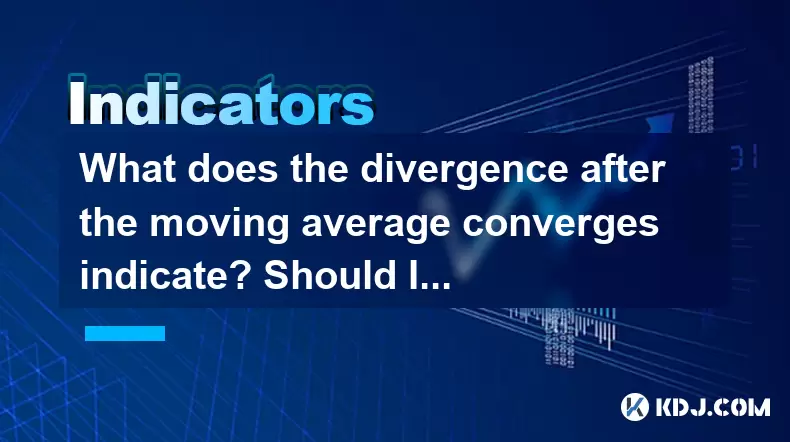
Understanding Divergence After Moving Average Convergence
In the realm of cryptocurrency trading, technical analysis plays a crucial role in making informed decisions. One of the key concepts within technical analysis is the convergence and divergence of moving averages. When the moving averages converge and then diverge, it can signal potential changes in the market trend. This article explores what divergence after moving average convergence indicates and whether traders should chase breakouts when choosing their direction.
What is Moving Average Convergence and Divergence?
Moving averages are essential tools in technical analysis used to smooth out price data and identify trends. Convergence occurs when two moving averages come closer together, indicating a potential consolidation or a pause in the current trend. Divergence, on the other hand, happens when the moving averages move away from each other, signaling a potential continuation or reversal of the trend.
When moving averages converge and then diverge, it often suggests that a significant price movement is imminent. The divergence can be bullish or bearish, depending on the direction of the moving averages after they separate.
Interpreting Bullish Divergence
Bullish divergence occurs when the shorter-term moving average (such as the 50-day moving average) crosses above the longer-term moving average (such as the 200-day moving average) after a period of convergence. This type of divergence is considered a bullish signal, suggesting that the price may continue to rise.
For example, if the price of Bitcoin has been consolidating and the 50-day moving average converges with the 200-day moving average, a subsequent bullish divergence would indicate that the bulls are gaining strength. Traders might interpret this as a signal to buy or hold their positions, anticipating further upward movement.
Interpreting Bearish Divergence
Bearish divergence is the opposite of bullish divergence. It occurs when the shorter-term moving average crosses below the longer-term moving average after a period of convergence. This type of divergence is seen as a bearish signal, indicating that the price may continue to fall.
For instance, if Ethereum's price has been in a consolidation phase and the 50-day moving average converges with the 200-day moving average, a bearish divergence afterward would suggest that the bears are taking control. Traders might see this as a signal to sell or short the asset, expecting further downward movement.
Should You Chase Breakouts After Divergence?
The decision to chase a breakout following a divergence depends on several factors, including the trader's risk tolerance, trading strategy, and market conditions. Chasing a breakout means entering a trade after the price has already moved significantly in the direction of the breakout.
Pros of Chasing Breakouts:
- Potential for quick profits: If the breakout continues in the same direction, traders can capitalize on the momentum.
- Confirmation of trend: A successful breakout after divergence can confirm the new trend, providing traders with more confidence in their positions.
Cons of Chasing Breakouts:
- Higher risk: Entering a trade after a breakout has already occurred increases the risk of entering at a high point, which could lead to significant losses if the price reverses.
- False breakouts: Not all breakouts are successful. Chasing a breakout that fails can result in losses, especially if the price quickly reverses.
Practical Steps for Chasing Breakouts
If a trader decides to chase a breakout after observing divergence, it's crucial to follow a systematic approach to minimize risks and maximize potential rewards. Here are the steps to consider:
- Identify the Divergence: Use charting software to plot the moving averages and observe their convergence and subsequent divergence. Ensure that the divergence is clear and the moving averages have crossed each other significantly.
- Confirm the Breakout: Wait for the price to break out of a key level, such as a resistance or support zone, with high volume. This confirmation helps validate the breakout.
- Set Entry and Exit Points: Determine your entry point just after the breakout and set a stop-loss order to manage risk. Also, set a target price for taking profits.
- Monitor the Trade: Keep an eye on the trade and be ready to adjust your stop-loss and take-profit levels based on market movements.
Risk Management When Chasing Breakouts
Effective risk management is crucial when chasing breakouts, especially after observing divergence. Here are some strategies to manage risk:
- Use Stop-Loss Orders: Always set a stop-loss order to limit potential losses if the trade goes against you.
- Position Sizing: Determine the size of your position based on your risk tolerance and the amount you are willing to lose.
- Diversify: Don't put all your capital into one trade. Spread your risk across multiple assets and trades.
- Stay Informed: Keep up with market news and events that could impact the price of the cryptocurrency you are trading.
Technical Indicators to Complement Divergence Analysis
While moving average divergence is a powerful tool, combining it with other technical indicators can enhance its effectiveness. Some useful indicators include:
- Relative Strength Index (RSI): This momentum oscillator can help identify overbought or oversold conditions, which can confirm or contradict the signals from moving average divergence.
- MACD (Moving Average Convergence Divergence): The MACD indicator can provide additional confirmation of trend changes and momentum shifts.
- Volume: High volume during a breakout can validate the strength of the move, increasing the likelihood of a successful trade.
Conclusion
Understanding the divergence after moving average convergence is essential for cryptocurrency traders looking to capitalize on potential trend changes. Whether to chase a breakout following divergence depends on various factors, including the trader's risk tolerance and market conditions. By following a systematic approach and implementing effective risk management strategies, traders can increase their chances of success when trading based on moving average divergence.
Frequently Asked Questions
Q: Can moving average divergence be used in all time frames?
A: Yes, moving average divergence can be applied to various time frames, from short-term charts like 15-minute or hourly charts to longer-term charts like daily or weekly charts. However, the signals may vary in reliability and strength depending on the time frame used.
Q: How do I choose the right moving averages for convergence and divergence analysis?
A: The choice of moving averages depends on your trading style and the cryptocurrency you are analyzing. Commonly used pairs include the 50-day and 200-day moving averages for long-term trends, and the 10-day and 20-day moving averages for shorter-term trends. Experiment with different combinations to find what works best for your strategy.
Q: What other factors should I consider before chasing a breakout?
A: In addition to moving average divergence, consider market sentiment, news events, and the overall trend of the cryptocurrency. Also, analyze the strength of the breakout by looking at volume and the presence of other technical indicators confirming the move.
Q: Can moving average divergence be used for all cryptocurrencies?
A: Yes, moving average divergence can be applied to any cryptocurrency. However, the effectiveness may vary depending on the liquidity and volatility of the specific cryptocurrency. More liquid and widely traded cryptocurrencies like Bitcoin and Ethereum tend to provide more reliable signals.
Disclaimer:info@kdj.com
The information provided is not trading advice. kdj.com does not assume any responsibility for any investments made based on the information provided in this article. Cryptocurrencies are highly volatile and it is highly recommended that you invest with caution after thorough research!
If you believe that the content used on this website infringes your copyright, please contact us immediately (info@kdj.com) and we will delete it promptly.
- Remittix (RTX) is one of the biggest gainers in the crypto market
- 2025-06-07 04:10:12
- BTFD Coin – Staking Rewards That Make You Go “Wow”
- 2025-06-07 04:10:12
- Ethereum (ETH) Price Gap with Bitcoin Could Pave the Way for a Long-Awaited Rebound
- 2025-06-07 04:05:13
- Bitget Lists $RDAC (Redacted Coin), a Highly Anticipated Asset in the Web3 Community
- 2025-06-07 04:05:13
- The meme coin game in 2025 is not for the faint of heart. It’s for the bold. The brave. The bag-holders-turned-millionaires.
- 2025-06-07 04:00:26
- USD1 stablecoin, backed by Donald Trump's World Liberty Financial (WLFI)
- 2025-06-07 04:00:26
Related knowledge
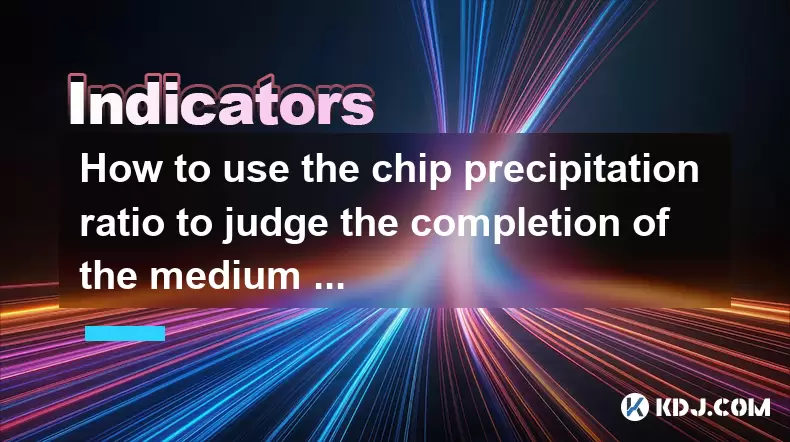
How to use the chip precipitation ratio to judge the completion of the medium and long-term bottom construction?
Jun 04,2025 at 03:36am
The chip precipitation ratio is a crucial metric used by investors to assess the accumulation of chips (or shares) at different price levels over time. This ratio helps in understanding the distribution of chips and can be a powerful tool for determining the completion of medium and long-term bottom construction in the cryptocurrency market. By analyzin...
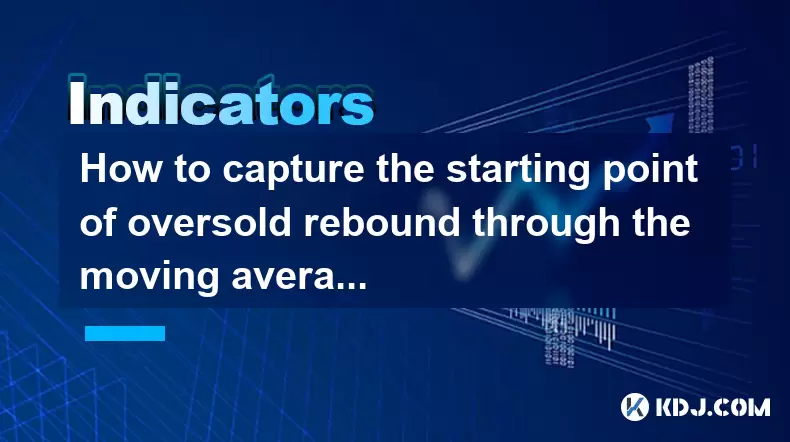
How to capture the starting point of oversold rebound through the moving average gravity reversal strategy?
Jun 04,2025 at 01:01pm
The moving average gravity reversal strategy is a sophisticated approach used by traders to identify potential entry points for buying cryptocurrencies when they are considered oversold. This strategy leverages the concept of moving averages to pinpoint moments when a cryptocurrency might be poised for a rebound. In this article, we will delve into the ...
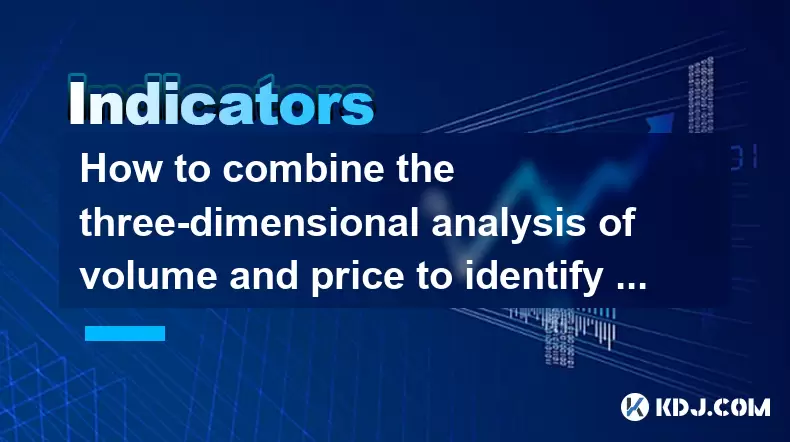
How to combine the three-dimensional analysis of volume and price to identify the golden buying point of breakthrough and retracement?
Jun 03,2025 at 11:42pm
In the dynamic world of cryptocurrencies, identifying the optimal buying points is crucial for maximizing profits and minimizing risks. One effective method to achieve this is by combining three-dimensional analysis of volume and price to pinpoint the golden buying points during breakouts and retracements. This article will delve into how to use this ap...
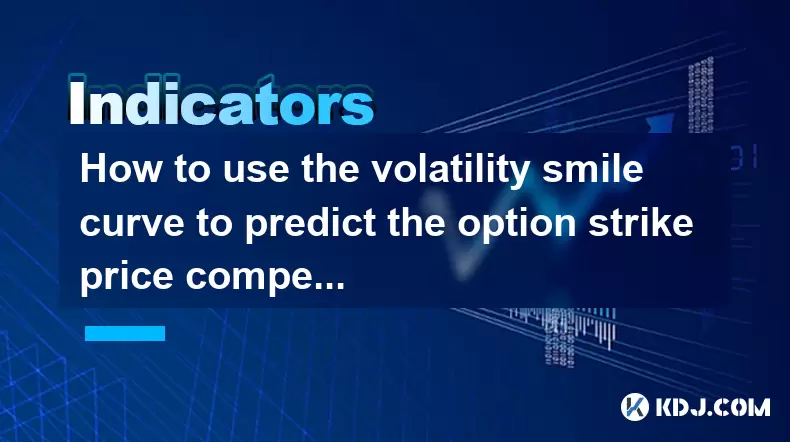
How to use the volatility smile curve to predict the option strike price competition area?
Jun 06,2025 at 01:01pm
The volatility smile curve is a graphical representation that shows the implied volatility of options across different strike prices for a given expiration date. It is called a 'smile' because the curve often takes the shape of a smile, with higher implied volatilities for options that are deep in-the-money or deep out-of-the-money, and lower implied vo...
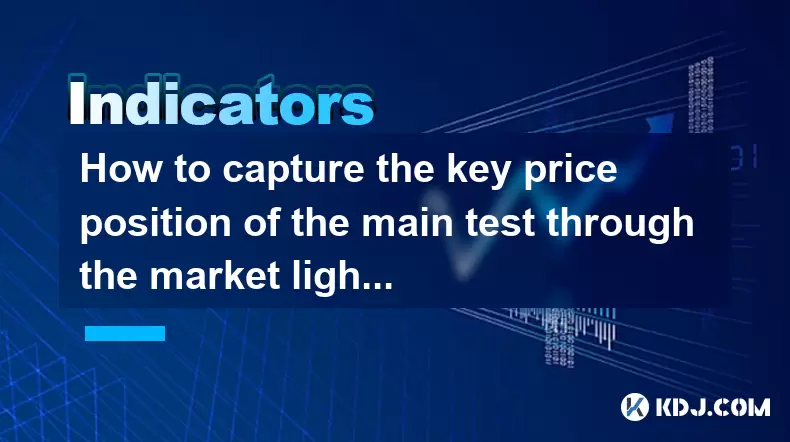
How to capture the key price position of the main test through the market lightning chart?
Jun 02,2025 at 06:07pm
Introduction to Market Lightning ChartThe market lightning chart is a powerful tool used by cryptocurrency traders to visualize price movements and identify key price positions. This chart type provides a detailed view of market activity, allowing traders to spot trends, reversals, and other significant price levels quickly. By understanding how to use ...
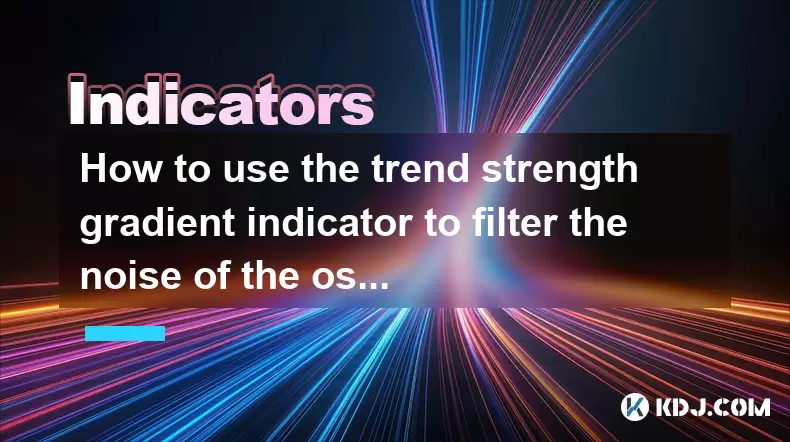
How to use the trend strength gradient indicator to filter the noise of the oscillating market?
Jun 06,2025 at 06:15pm
The trend strength gradient indicator is a powerful tool used by cryptocurrency traders to analyze market trends and filter out the noise that often accompanies oscillating markets. This indicator helps traders identify the strength of a trend, enabling them to make more informed decisions. In this article, we will explore how to effectively use the tre...

How to use the chip precipitation ratio to judge the completion of the medium and long-term bottom construction?
Jun 04,2025 at 03:36am
The chip precipitation ratio is a crucial metric used by investors to assess the accumulation of chips (or shares) at different price levels over time. This ratio helps in understanding the distribution of chips and can be a powerful tool for determining the completion of medium and long-term bottom construction in the cryptocurrency market. By analyzin...

How to capture the starting point of oversold rebound through the moving average gravity reversal strategy?
Jun 04,2025 at 01:01pm
The moving average gravity reversal strategy is a sophisticated approach used by traders to identify potential entry points for buying cryptocurrencies when they are considered oversold. This strategy leverages the concept of moving averages to pinpoint moments when a cryptocurrency might be poised for a rebound. In this article, we will delve into the ...

How to combine the three-dimensional analysis of volume and price to identify the golden buying point of breakthrough and retracement?
Jun 03,2025 at 11:42pm
In the dynamic world of cryptocurrencies, identifying the optimal buying points is crucial for maximizing profits and minimizing risks. One effective method to achieve this is by combining three-dimensional analysis of volume and price to pinpoint the golden buying points during breakouts and retracements. This article will delve into how to use this ap...

How to use the volatility smile curve to predict the option strike price competition area?
Jun 06,2025 at 01:01pm
The volatility smile curve is a graphical representation that shows the implied volatility of options across different strike prices for a given expiration date. It is called a 'smile' because the curve often takes the shape of a smile, with higher implied volatilities for options that are deep in-the-money or deep out-of-the-money, and lower implied vo...

How to capture the key price position of the main test through the market lightning chart?
Jun 02,2025 at 06:07pm
Introduction to Market Lightning ChartThe market lightning chart is a powerful tool used by cryptocurrency traders to visualize price movements and identify key price positions. This chart type provides a detailed view of market activity, allowing traders to spot trends, reversals, and other significant price levels quickly. By understanding how to use ...

How to use the trend strength gradient indicator to filter the noise of the oscillating market?
Jun 06,2025 at 06:15pm
The trend strength gradient indicator is a powerful tool used by cryptocurrency traders to analyze market trends and filter out the noise that often accompanies oscillating markets. This indicator helps traders identify the strength of a trend, enabling them to make more informed decisions. In this article, we will explore how to effectively use the tre...
See all articles

























































































